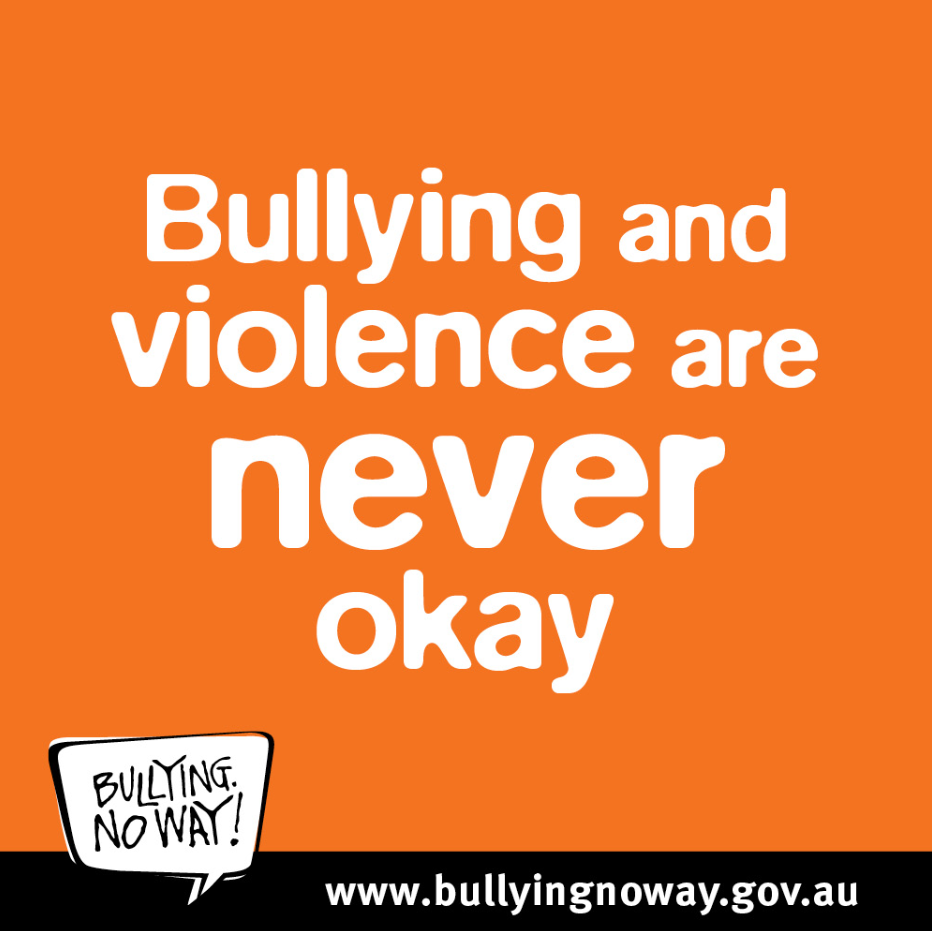Important announcements
'In partnership with the wider community, our students strive for excellence and acquire the knowledge, skills and attitudes that ensure lifelong learning and empower them to contribute to the global community.'

Important announcements
'In partnership with the wider community, our students strive for excellence and acquire the knowledge, skills and attitudes that ensure lifelong learning and empower them to contribute to the global community.'


Dear Families,
Direct Debits from 2019 from credit cards and bank accounts are usually only valid for a period of 12 months and set up to pay off fees for the year they are established. We do not roll over direct debits, as credit cards expire and bank accounts can change. If you have noticed that a direct payment to the school has stopped, please come to the office and fill out new paperwork. We can quickly set up a new direct debit for you along with helping you to work out installments either fortnightly, monthly or what suits you best.
Kind regards,
Karen in the Office :)
We proudly share the work of Dr Vicki-Ann Ware, Shannon Harmer McSolvin and Dr Elizabeth Rouse, Deakin University, 19 December 2019 this week.
This is a SMAG-Deakin research project exploring the nature of community development and parent engagement programmes across a cluster of three
Catholic primary schools in Southeast Melbourne – St Mary’s Catholic Primary School (Dandenong), St Gerard’s Catholic Primary School (Dandenong North), and St Anthony’s Catholic Primary School (Noble Park). Henceforth, these shall be referred to collectively as SMAG.
We would like to acknowledge this great research and time and energy that this team committed to our three schools. It’s been a privilege journeying with these academics over the past few years, and being able to share the amazing work we are all doing.
In Victoria, students normally start secondary school when they reach year 7.
This page describes the steps for students moving from primary to secondary school.
https://www.education.vic.gov.au/parents/going-to-school/Pages/year-6-to-7.aspx
We visited schools from one of the poorest and wealthiest suburbs in the same city and took a peek inside kids’ lunch boxes. Here’s what we found.


It’s a relentless dilemma most parents can relate to — what to put in your child’s lunch box that is quick to make, affordable, healthy, and won’t come home uneaten at the end of the day. Easy, right?
And for some families it’s a struggle to send anything at all.
We decided to visit two schools from different parts of Melbourne — Broadmeadows, one of the city’s most disadvantaged areas; and Brighton, one of the most wealthy — to photograph what was in children’s lunchboxes.
This was the most impressive
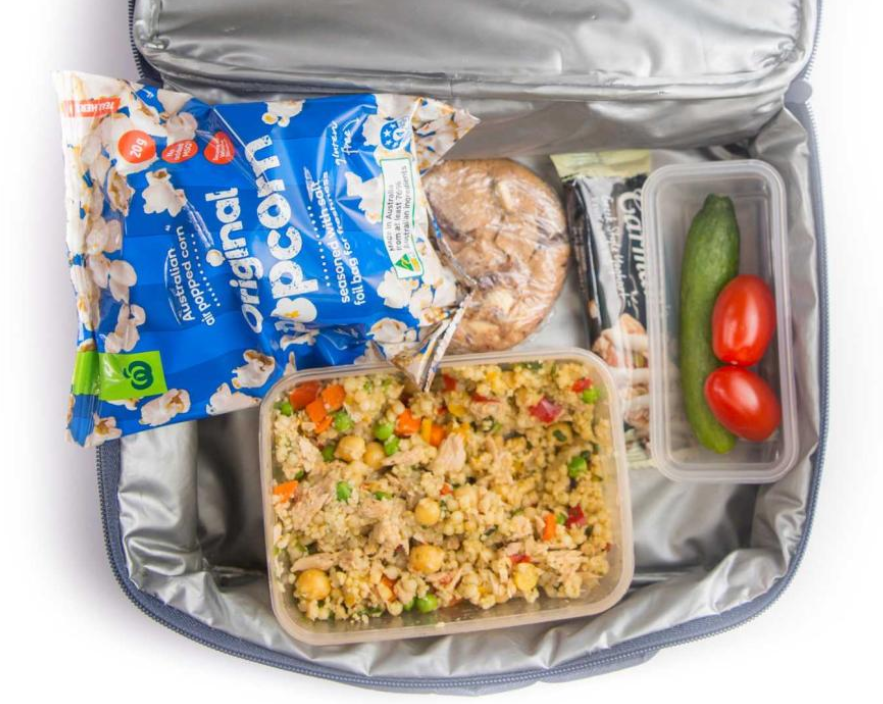

Paediatric nutritionist Mandy Sacher identified this lunch, which included a homemade couscous salad, as the best out of all the ones we photographed.
(The student packing this one actually said they had made the salad themselves!)
And these were the most concerning
Ms Sacher said the most confronting lunches were in Broadmeadows, where teachers said it was also not uncommon for kids to turn up to school with no lunch at all.
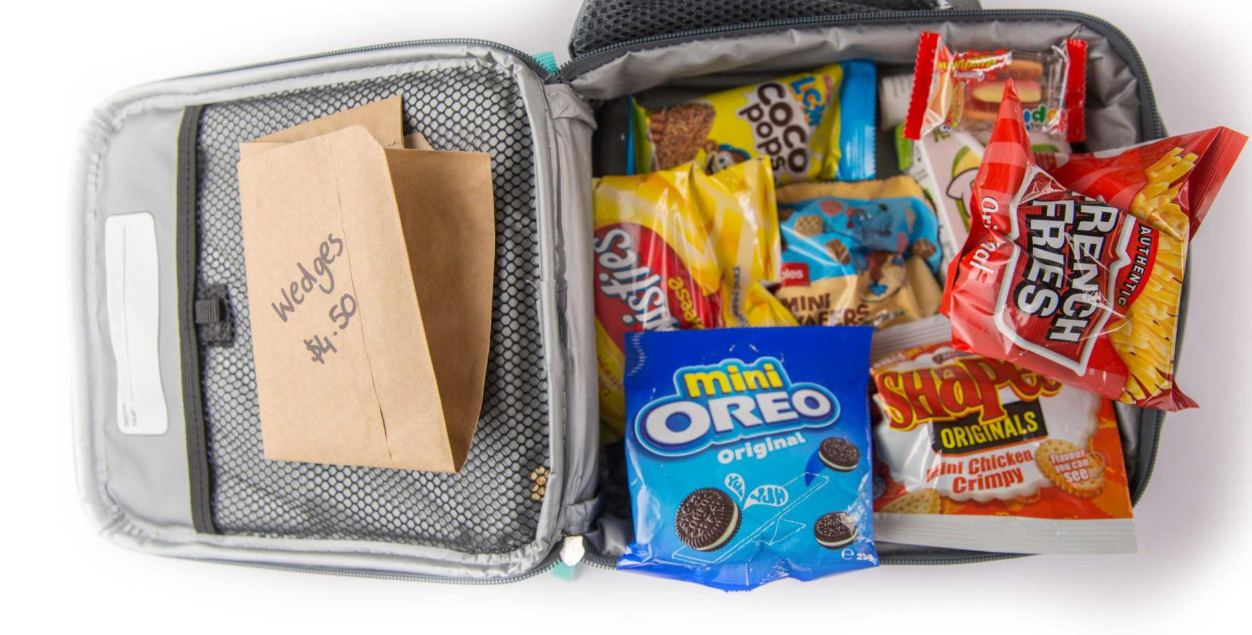

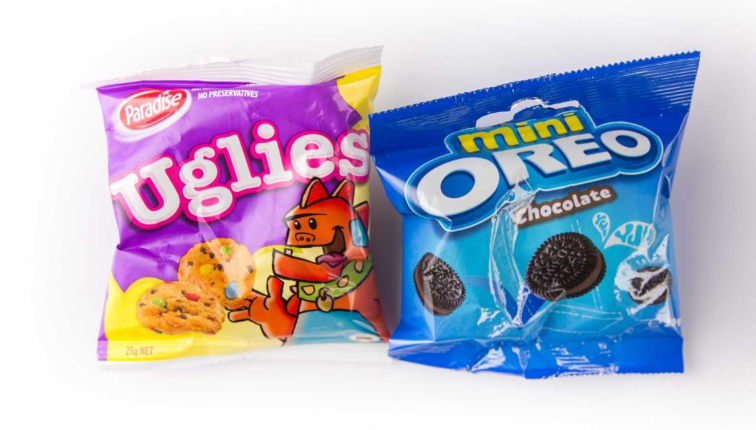

What to pack?
1. Multi-tasking meals
Parents could be using dinner leftovers for lunch box fillers.
Send the kids to school with what you’ve had for dinner is her biggest tip.
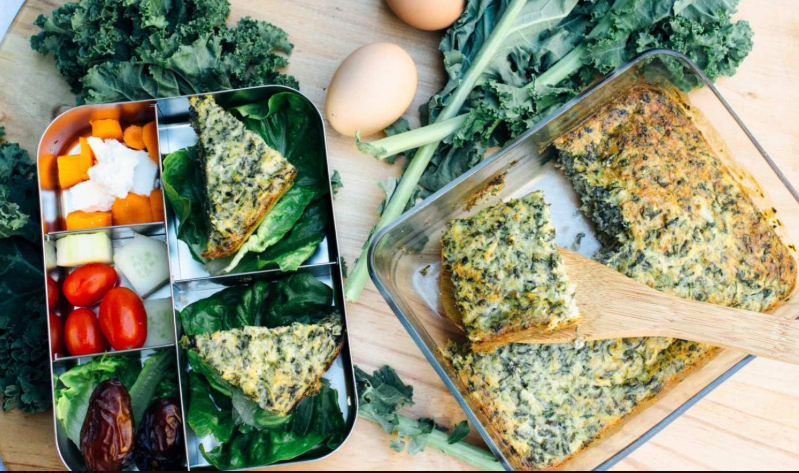

2. Increase variety
Change it up, she said. A weekly meal planner can mean kids don’t just get used to eating the same thing every day.
Introduce foods on the weekend, after school and during play dates before popping them into lunch boxes.
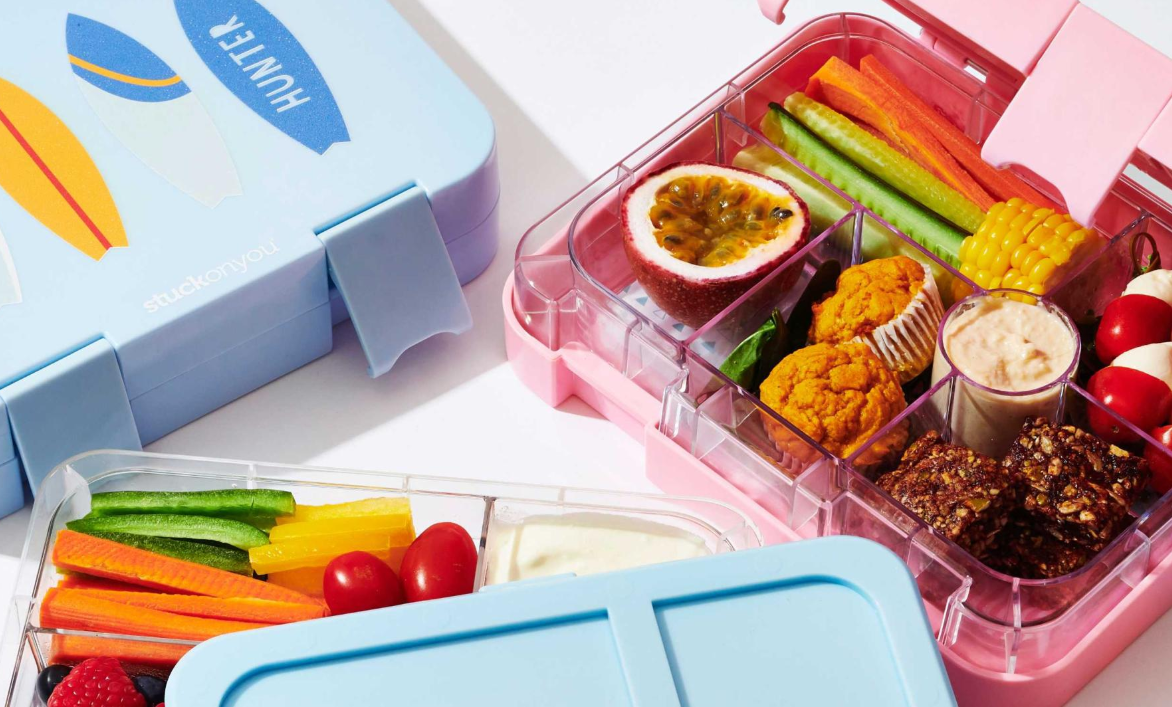

3. Get the kids involved
Everyone knows kids can be fussy. Making them a part of packing their lunch and getting them to come up with ideas for their meal planner helped increase the amount of things they would eat.
“Let them know, ‘if you want your Vegemite sandwich on the Monday, you can’t have it on the Tuesday, so what are we going to eat?’.
“Number one it saves you time, and you also know that you’re going to be sending them with things that they are going to eat.”
4. Have healthy staples on hand
Spend a couple of hours shopping and preparing food on the weekend, making sure some simple staples are prepared and ready to go.
She said having things like hummus, tuna and mayonnaise, chopped carrots and cucumbers, roasted chickpeas and boiled eggs in the fridge would take pressure off weekday mornings.
“Having those easy foods prepared means that you can just pop them in a lunch box when you’ve run out of time,” she said.
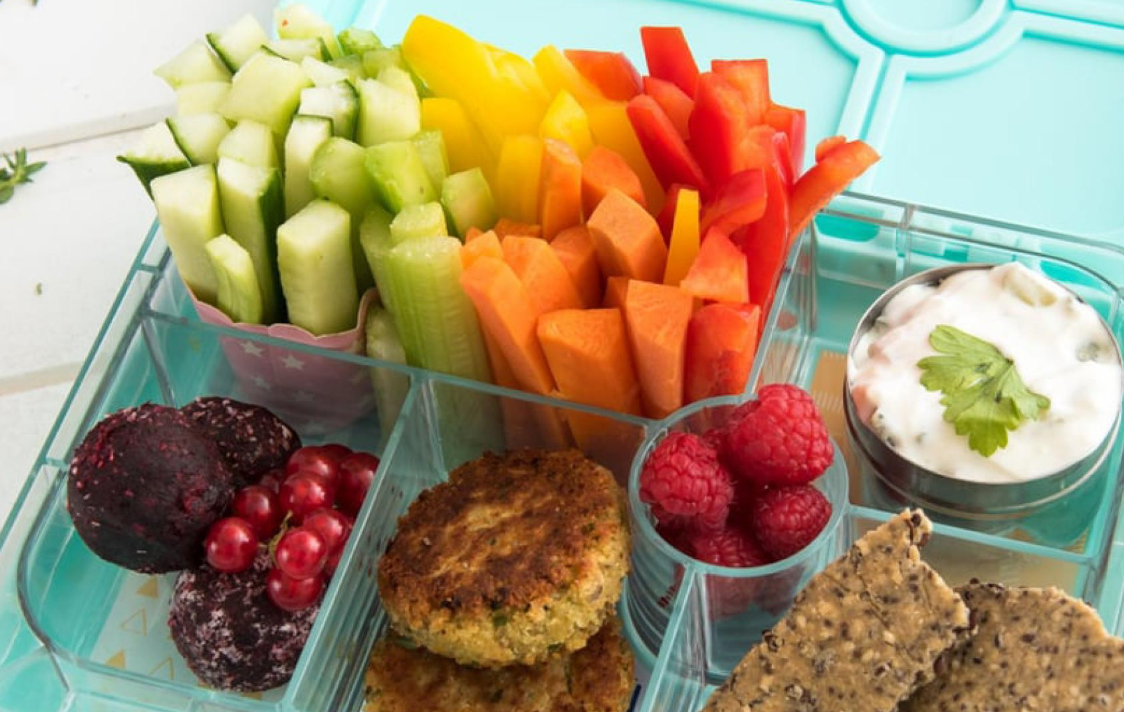

5. Read the labels
Food labels can be confusing and difficult to understand.
When looking at similar products on the supermarket shelf, compare sodium, sugar, food additive and preservative levels.
“Overall I tell parents to avoid numbers and food colourings wherever possible — anything that is not food.”
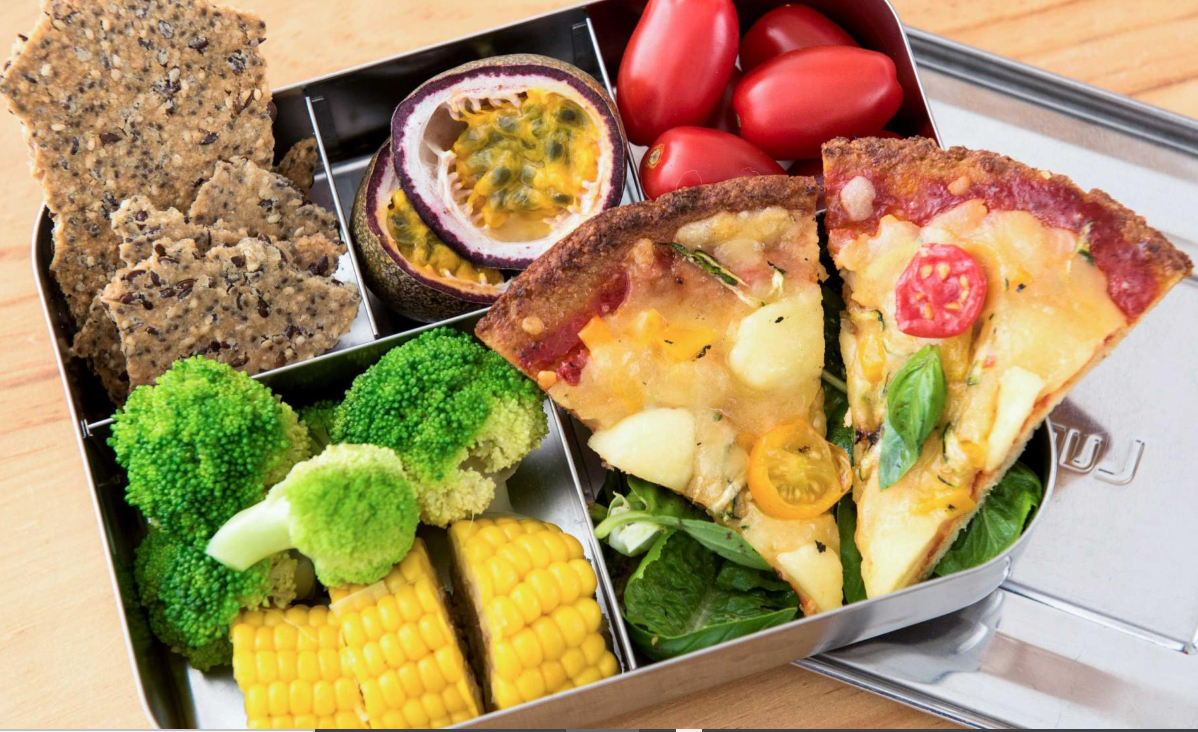

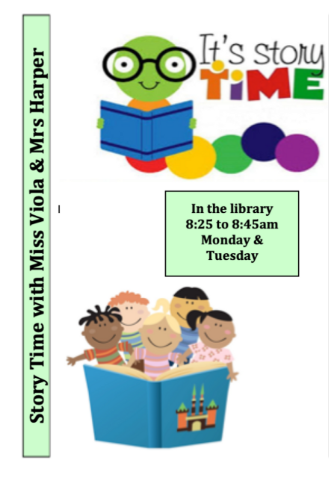



Please try to avoid food products with nuts especially if the product comes wrapped in plastic. We have several students with nut allergies so sending in nut free lunches is always preferred.


St Anthony’s wishes to remind families that we are committed to being a nude food school. The Student leaders and children are passionate about no plastic waste. So far in 2020 our Preps are showing the best understanding of this.
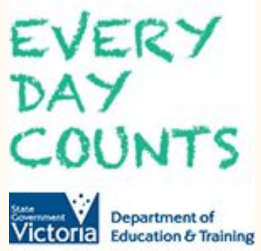

Each day of school missed makes a difference,
with the effect on learning accumulating over time. From an early age, if children are taught that they need to 'show up' for school and make a
commitment, this positive mentality aids academic and career success and brings benefits in adulthood.
TO MAKE THE MOST OF THEIR POTENTIAL NO CHILD SHOULD MISS MORE THAN 2-3 DAYS OF SCHOOL PER TERM.
If your child is going to be absent from school, please call the school office on 95460044 by 9.00am. Alternatively, you can email the school to notify of your child’s absence at office@sanoblepark.catholic.edu.au, or log the absence via the link on the website.
If we do not receive notification of an absence by 9.30am we are required under regulations to message you at home or work to follow up the absence. Please notify the school of all absences. Please note that prolonged absences without notification will be followed up. Many days absent from school does impact on student learning and programs designed to support students.
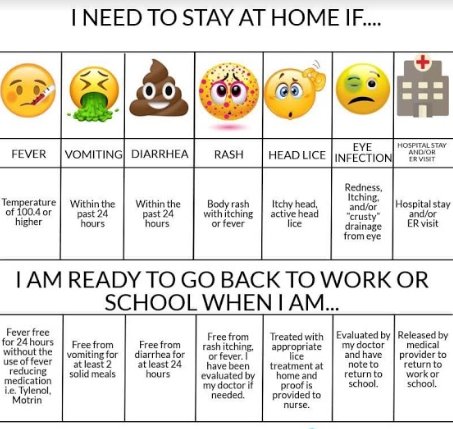

If your child is genuinely sick then they need to be at home to rest and recover. Home is the best place for all children if they are experiencing any of the above illnesses.
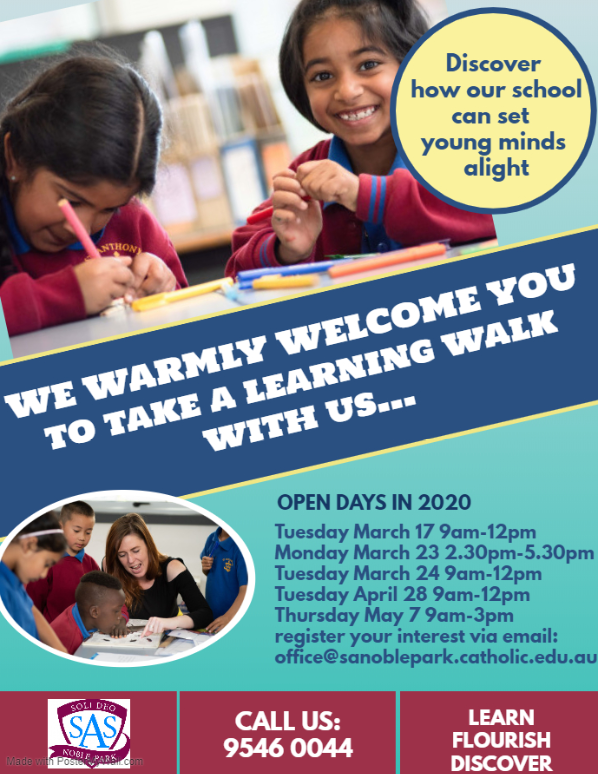

CALL 9546 0044 TO BOOK YOUR UNIQUE TOUR TODAY
We welcome you to be part of our Catholic community where multi-faith and multicultural people enrich learning. A Catholic School's purpose ensures learning is an adventure of discovery, possibilities and friendship where young minds are set alight.
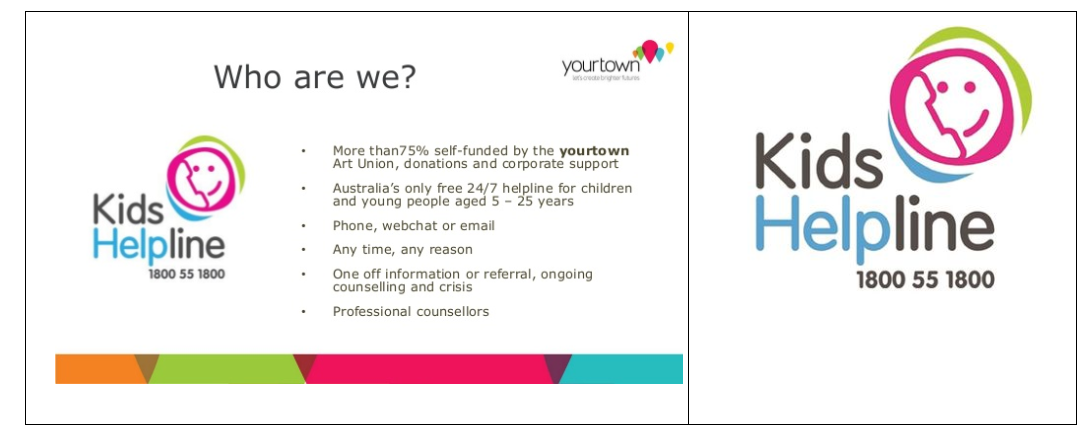

Kids Helpline - Anytime Any reason
The Kids Helpline has an online help domain now. Children who are not comfortable to call the 1800 number can go to the website (see the link above) and enter the age appropriate link to get mental health and wellbeing support.
